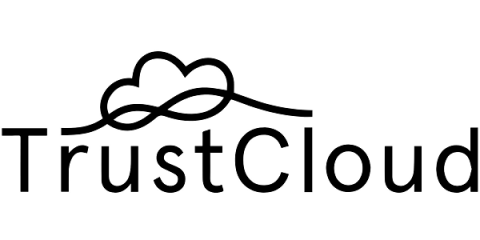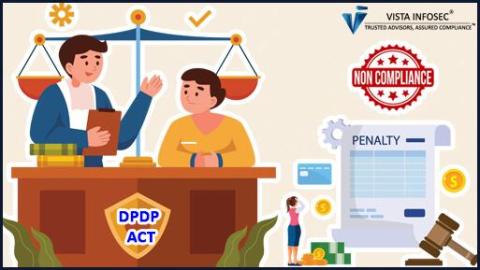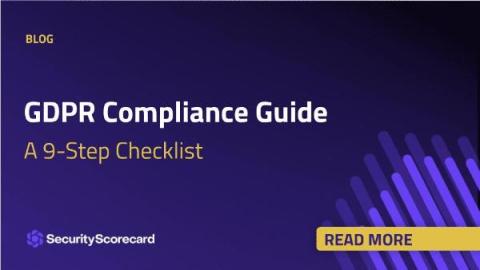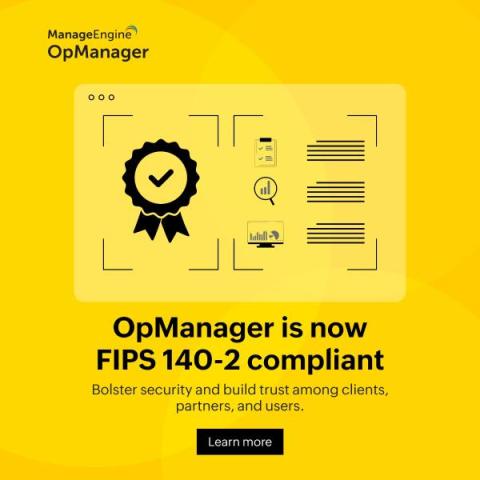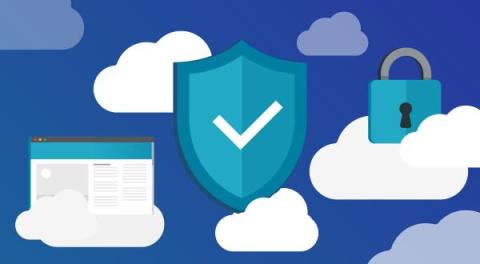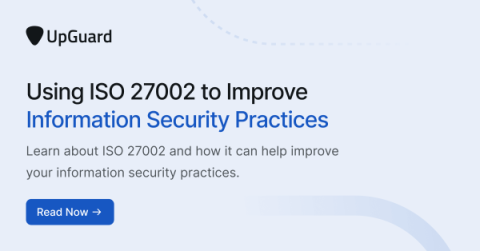Security | Threat Detection | Cyberattacks | DevSecOps | Compliance
Latest News
DPDP Act Non-Compliance Penalties
In the dynamic realm of data protection, understanding the consequences of non-compliance is crucial. The Digital Personal Data Protection (DPDP) Act of 2023 has set forth stringent penalties for those who fail to adhere to its provisions. We’ve delved into this new act in our series of blog posts.
How we operationalize security risk assessments at Vanta
This post is part of an ongoing series where you’ll hear directly from Vanta’s own Security, Enterprise Engineering, and Privacy, Risk, & Compliance Teams to learn about the team’s approach to keeping Vanta—and most importantly, our customers—secure. In today’s post, you’ll hear from Rob Picard, who leads Vanta’s Security team, and Matt Cooper, who leads Vanta’s Privacy, Risk, & Compliance team.
GDPR Compliance Guide: A 9-Step Checklist
With many nuances to consider, adhering to the General Data Protection Regulation (GDPR) requirements can be a daunting task. After all, the entirety of the GDPR consists of a whopping 99 Articles. Fortunately, by following a GDPR security checklist, you can help your organization ensure that all required facets of data security are covered without sifting through pages and pages of legalese.
Fortify data security with FIPS-compliant OpManager
In an era where data breaches and cyberthreats are a constant concern, ensuring the security of your network monitoring systems is paramount. The Federal Information Processing Standards (FIPS) compliance standard serves as a robust benchmark for data security. In this comprehensive blog, we’ll explore the importance of FIPS compliance and delve into how OpManager, leading network management software, adheres to these standards to bolster security for its users.
Ensuring Compliance in an Ever-Evolving Cloud Security Landscape
According to CSO the fines incurred for data breaches or non-compliance with security and privacy laws, for only a handful of companies, has cost $4.4 billion. The global average cost of a data breach in 2023 was $4.45 million, a 15% increase over 3 years (IBM). The challenge for organizations is how to safeguard sensitive information while adhering to the law, but without compromising innovation. Cyber threats loom large, affecting businesses in every industry.


